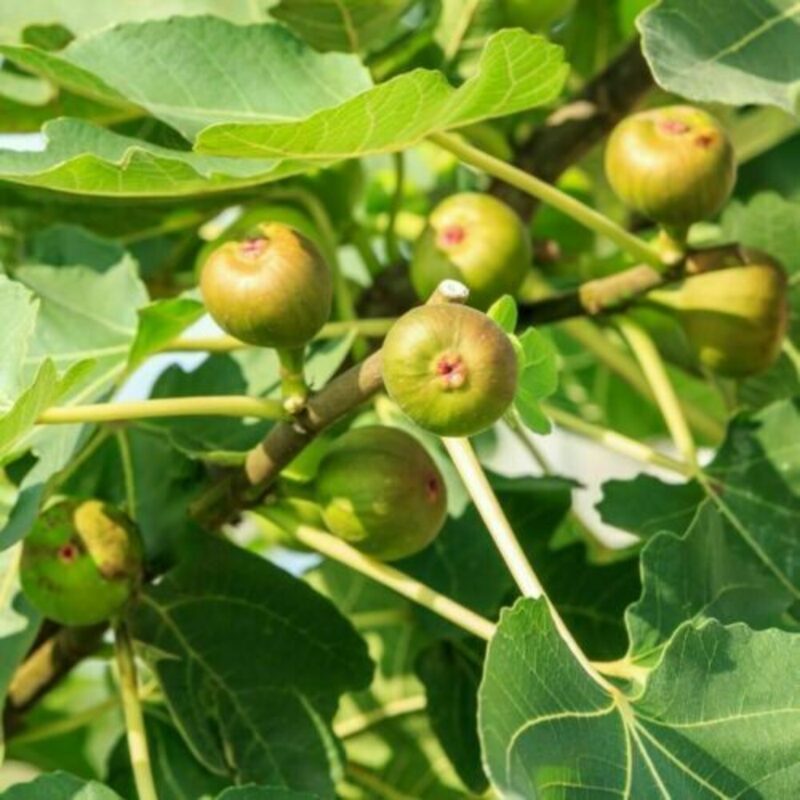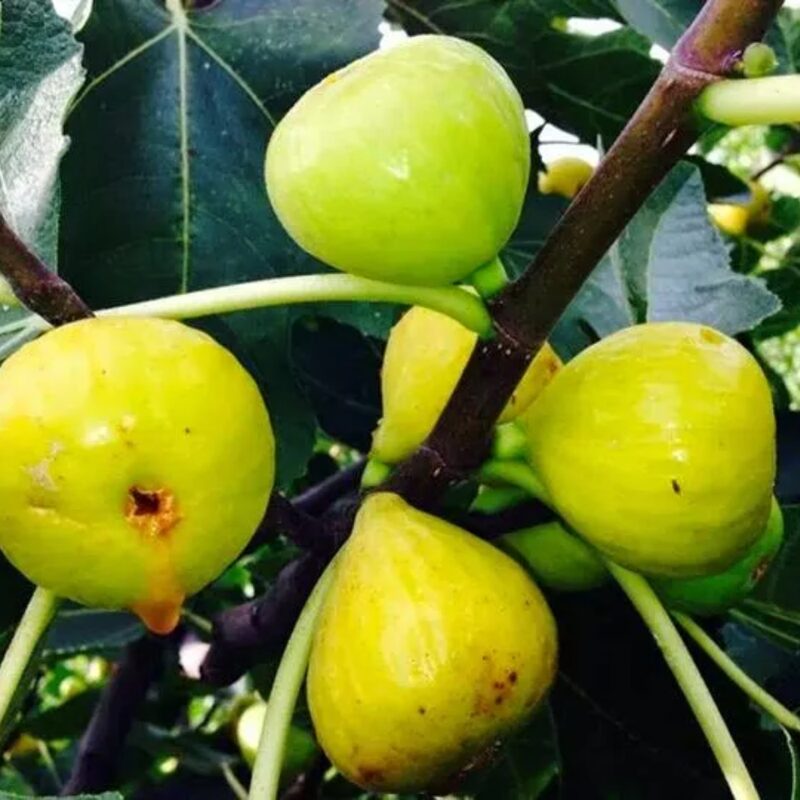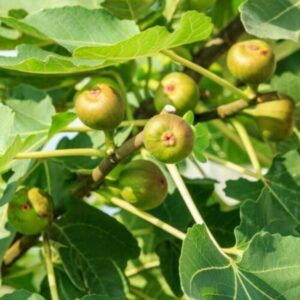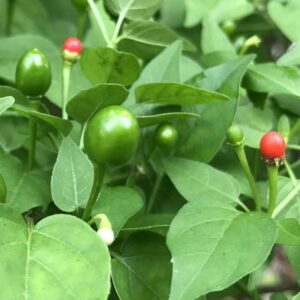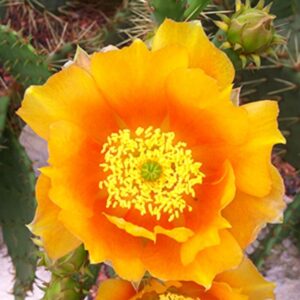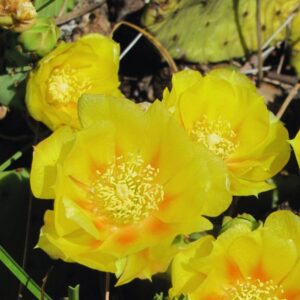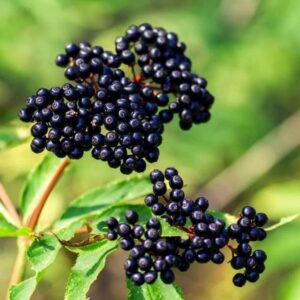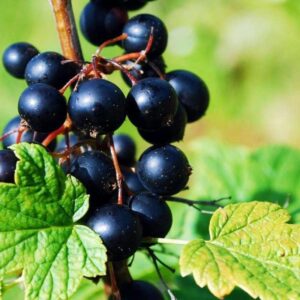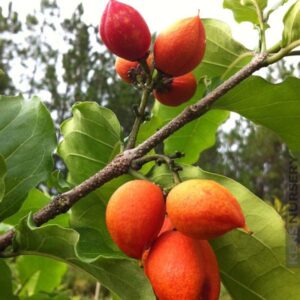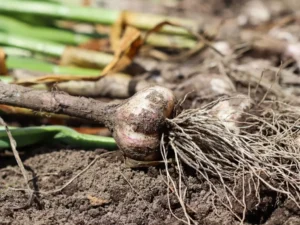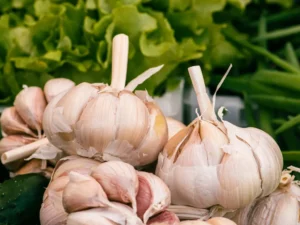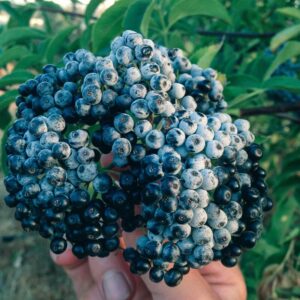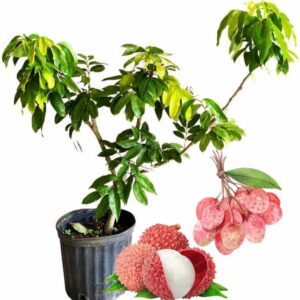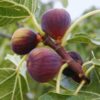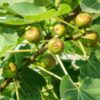Bella Madelina Fig Cutting, 6 to 10 Inc Tall
Bella Madelina Fig Cutting, 6 to 10 Inc Tall
Discover the Bella Madelina Fig Cutting! This rare Ficus Carica variety produces light green to yellowish figs with a delicious honey-like flavor.
$14.99
Out of stock

With our Alive & Thrive Guarantee, we’ve got your back for the first 30 days! If you have any concerns about your plants, just reach out to us. Our team is here to help answer your questions and guide you in selecting the best plants for your garden, climate, and unique preferences. We're excited to help you create the garden of your dreams!
-
USDA Hardiness Zone
7-10 -
Soil type
Well-draining, slightly acidic to neutral soil -
Sunlight Exposure
Full sunlight for 6-8 hours daily -
Expected Planting Period
Spring or fall
Introducing the Bella Madelina Fig Cutting
The Bella Madelina Fig Cutting, also known as Ficus carica ‘Bella Madelina,’ is a premium choice for both garden enthusiasts and fig lovers. This stunning variety produces medium to large-sized figs that transition from light green to a beautiful yellowish hue, offering a delightful honey-like taste that is perfect for fresh eating or culinary uses.
Growing Conditions and Care
This cutting measures between 6 to 10 inches tall, making it ideal for starting a new fig tree or enhancing your existing garden. This deciduous tree thrives in well-draining, slightly acidic to neutral soil and requires moderate to full sunlight for at least 6-8 hours daily. It is best suited for USDA zones 7 to 10, providing versatility across various climates.
Maintenance Tips
Caring for your Bella Madelina fig cutting involves regular watering during the growing season, ensuring the soil remains moist but not saturated. During dormancy, reduce watering. Pruning helps maintain its shape and health, while fertilizing with a balanced fertilizer during the growing season promotes robust fruit production.
Unique Benefits
The Bella Madelina fig cutting adds elegance to any garden, whether planted in-ground or in containers. Its unique figs provide a reliable source of delicious fruit year after year, making it a practical choice for fresh fruit lovers.
Frequently Asked Questions
- How tall will the Bella Madelina Fig Cutting grow? – This tree can mature to 10-15 feet tall with an 8-12 feet spread.
- What is the best soil for growing a Bella Madelina Fig Tree? – It thrives in well-draining, fertile soil with a slightly acidic to neutral pH.
- How much sunlight does the Bella Madelina Fig need? – Full sunlight for at least 6-8 hours a day is essential for optimal growth.
- Can I grow the Bella Madelina Fig in a container? – Yes, it can be successfully grown in containers, ideal for patios or small gardens.
- When is the best time to plant my Bella Madelina Fig Cutting? – For best results, plant in spring or fall when temperatures are favorable for root establishment.

